
The Realme 6 will now be joining the Realme 6 Pro on its launch on May 27. With their release date slowly coming, it’s time to take a quick look at the Realme 6 and what has changed from its bigger brother.
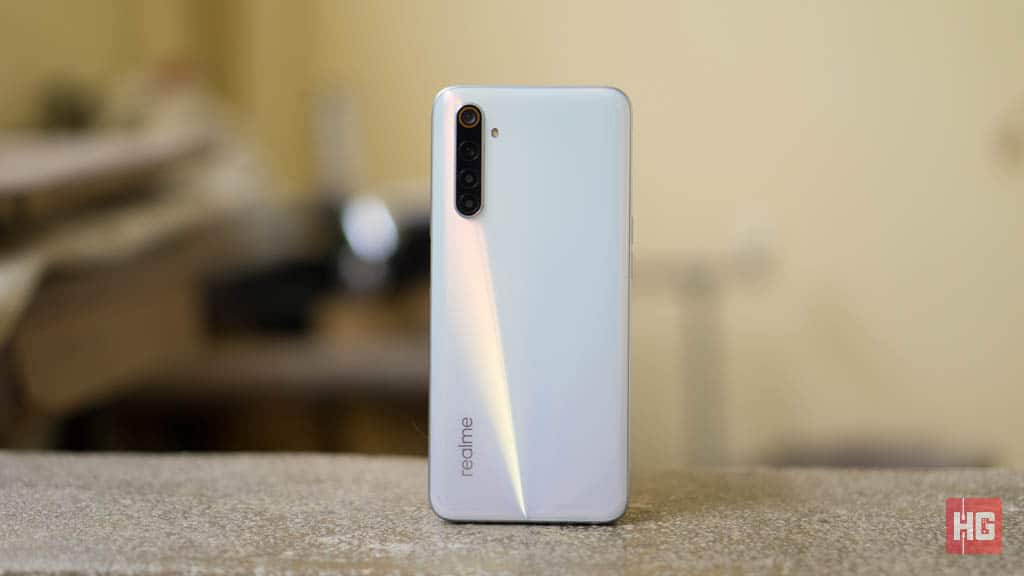
| Chipset | MediaTek Helio G90T |
| Screen | 6.5-inch IPS, 2400 x 1080, Corning Gorilla Glass 3, 90Hz, 120Hz Touch Sensing, 480nits |
| RAM | 4GB/6GB/8GB |
| OS | Android 10 with Realme UI |
| Rear Camera | 64MP f/1.8 Main, 8MP f/2.3 Ultrawide, 2MP f/2.4 Macro, 2MP f/2.4 Depth Sensor B/W |
| Front Camera | 16MP f/2.0, HDR |
| Storage | 64GB/128GB |
| Network | Dual-SIM, 4G LTE |
| Connectivity | Dual-band WiFi 802.11ac, Bluetooth 5.0, USB Type-C, A-GPS, GLONASS |
| Battery | 4,300mAh, 30W Fast Charging |
| Others | Side-mounted Finegerprint Scanner |
| Colors | Comet Blue, Comet White |
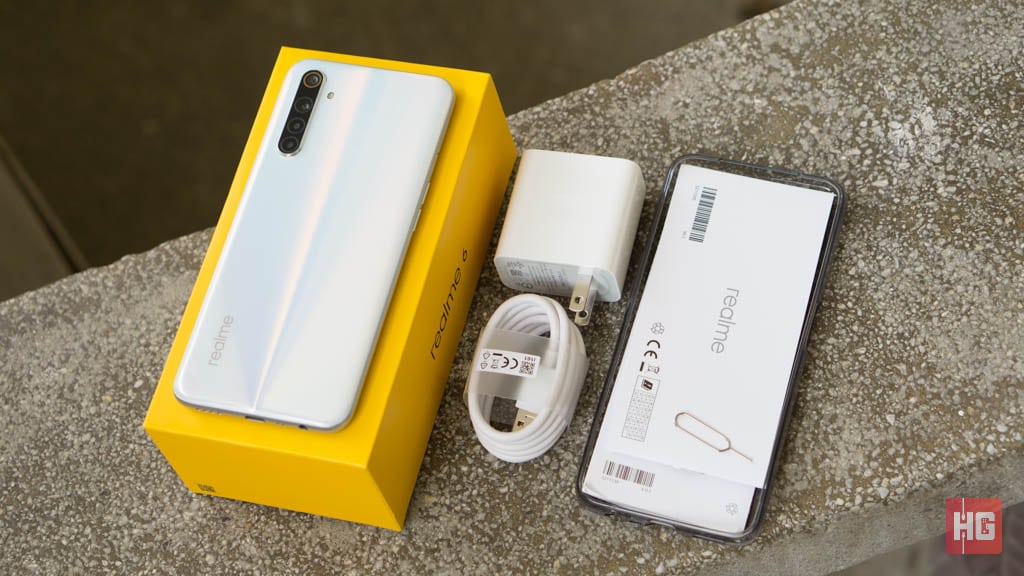
The Realme 6 pretty much shares the same packaging as the 6 Pro but without the “Pro” moniker. Inside its distinct yellow box is the smartphone itself, a silicone case, a 30W VOOC charger, a USB Type-C cable, a SIM eject pin, and documentation. A standard assortment of accessories from the brand.
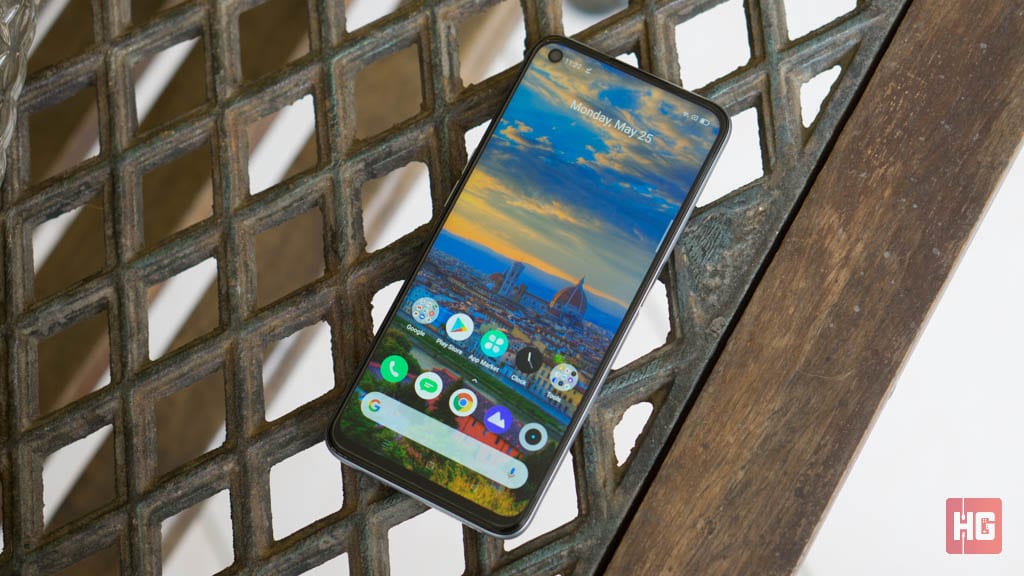 Although positioned lower in the market than the Pro model of the 6 series, the Realme 6 still comes with a 90Hz IPS display albeit a smidgen smaller at 6.5-inches. Resolution has been upped quite a bit to 2400 x 1080 from the Realme 5’s comparatively measly 1600 x 720, which puts it closer to the 6 Pro.
Although positioned lower in the market than the Pro model of the 6 series, the Realme 6 still comes with a 90Hz IPS display albeit a smidgen smaller at 6.5-inches. Resolution has been upped quite a bit to 2400 x 1080 from the Realme 5’s comparatively measly 1600 x 720, which puts it closer to the 6 Pro.
The largest jump of the Realme 6 from previous Realme smartphones is the 50% increase of refresh rate. Most smartphones only have a 60Hz display, increasing the refresh rate to 90Hz allows for smoother UI animations and more responsive gameplay. And since the Realme 6 will be more affordable than the 6 Pro, it will allow more people to experience a 90Hz screen.
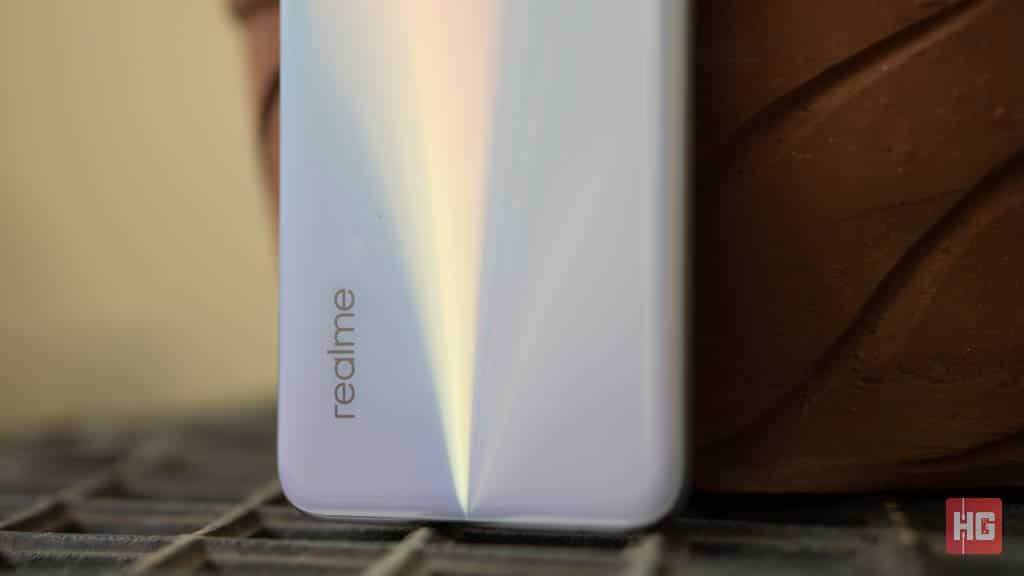
A fast display will not matter if the system can’t pump out the frames needed to take advantage of its refresh rate. This is why Realme has decided to implement a Helio G90T chipset inside the 6. The platform comes with six Cortex-A76 cores running at 2.0GHz and two Cortex-A55 cores clocked at 2.0GHz.
The real upgrade of the G90T over the vanilla G90 is its GPU. The Helio G90T has the same Mali-G76 GPU as its predecessor, however, the clock speeds has been increased to 800MHz instead of the previous 720MHz. In addition, the Realme 6 can have up to 8GB of RAM to add more performance and multitasking capabilities.
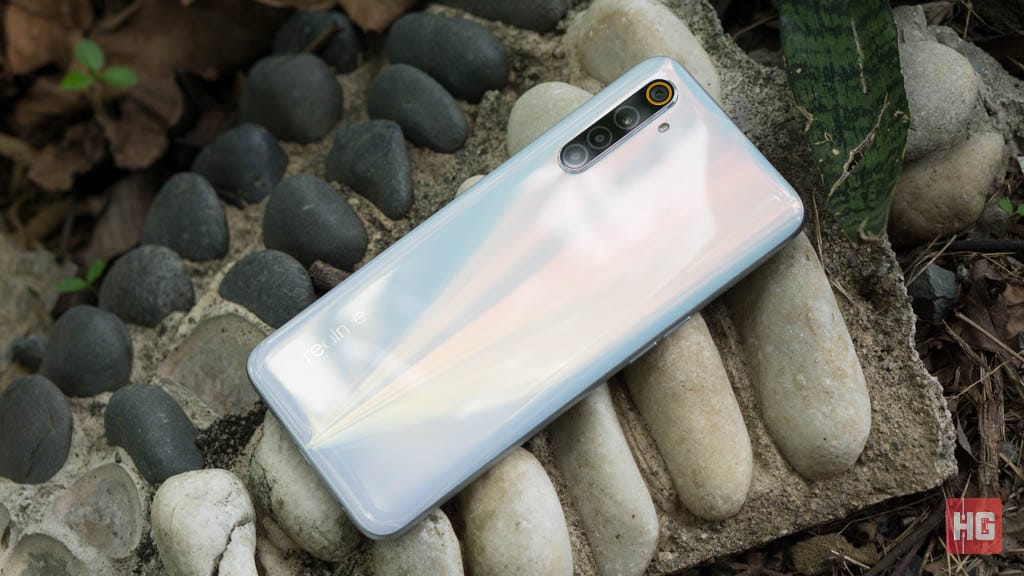 Realme has toned down the appearance of the 6 compared to the dazzling design of the 6 Pro, presumably to distinguish both smartphones from one another. Instead of a lightning bolt, the Realme 6’s design has been patterned from a comet falling down from the sky.
Realme has toned down the appearance of the 6 compared to the dazzling design of the 6 Pro, presumably to distinguish both smartphones from one another. Instead of a lightning bolt, the Realme 6’s design has been patterned from a comet falling down from the sky.
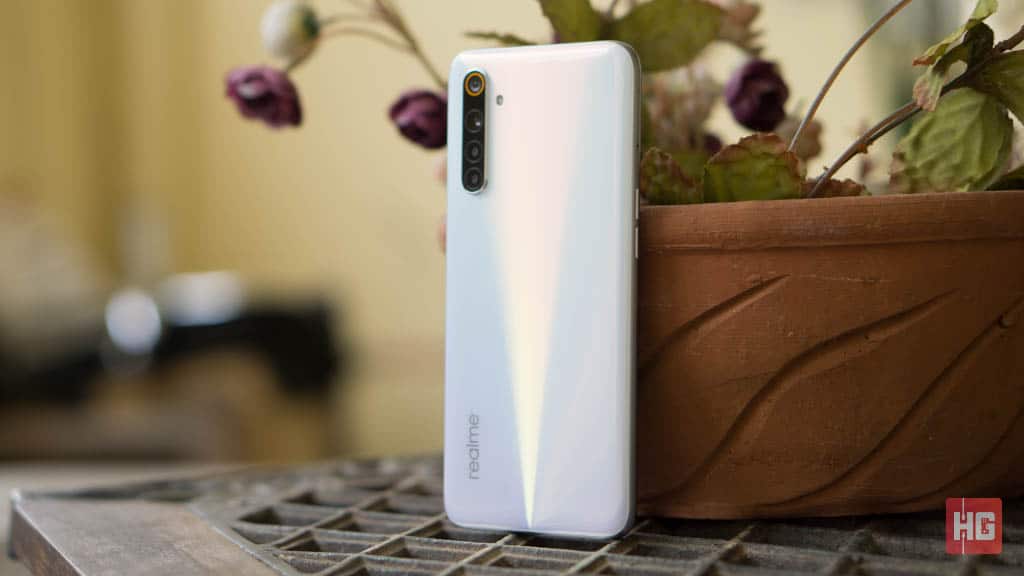
The Realme 6 will be available in Blue and White variants with the aforementioned comet-inspired design. What we have on hand is the Comet White variant, which has a singular point at the bottom where all the light converges. The light rays slowly diffuses into many directions moving further to the top.
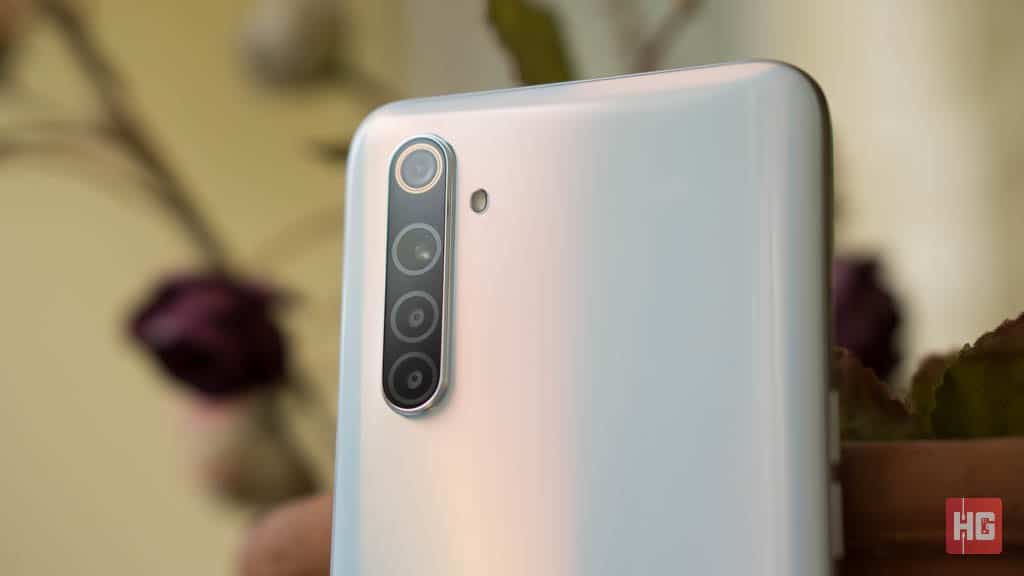
It might be cheaper than the 6 Pro, but the Realme 6 still has a 64MP f/1.8 main camera at the back. Its other cameras, however, have been comparatively downgraded to the usual array of backup lenses such as an 8MP f/2.3 ultrawide, a 2MP f/2.4 macro, and a 2MP f/2.4 monochrome and depth sensor.
We’ve taken a few sample shots with the smartphone’s main rear camera. Initial impressions of the main camera that it takes well-detailed photos while allowing the color to pop.
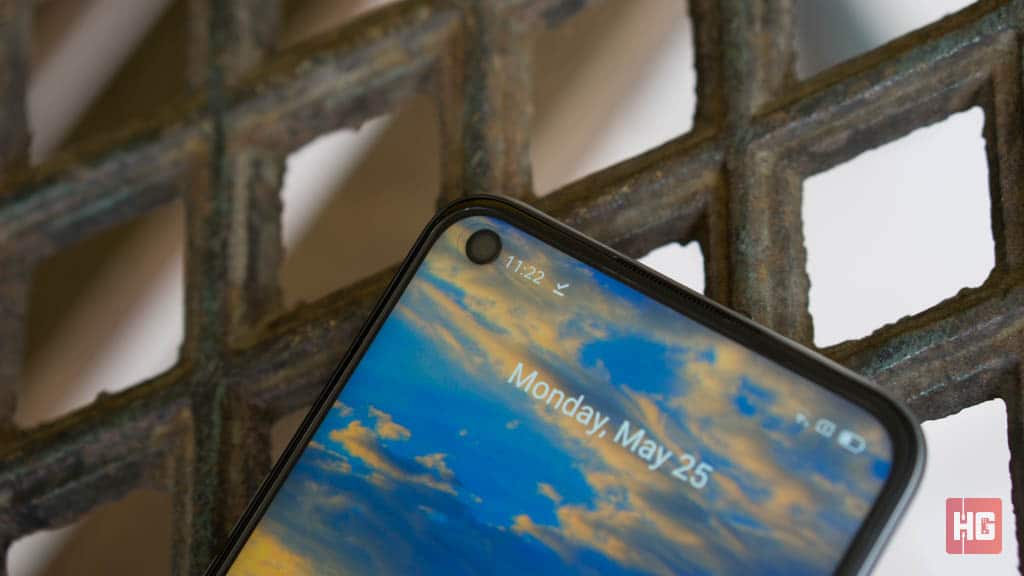
For those who like taking selfies, a 16MP f/2.0 selfie camera is available at the front. Realme is implementing a punch-hole solution here and thus there’s no ungodly notch smack in the middle of the display. Instead, there’s a tiny hole at the top left of the display that houses its front-facing camera.
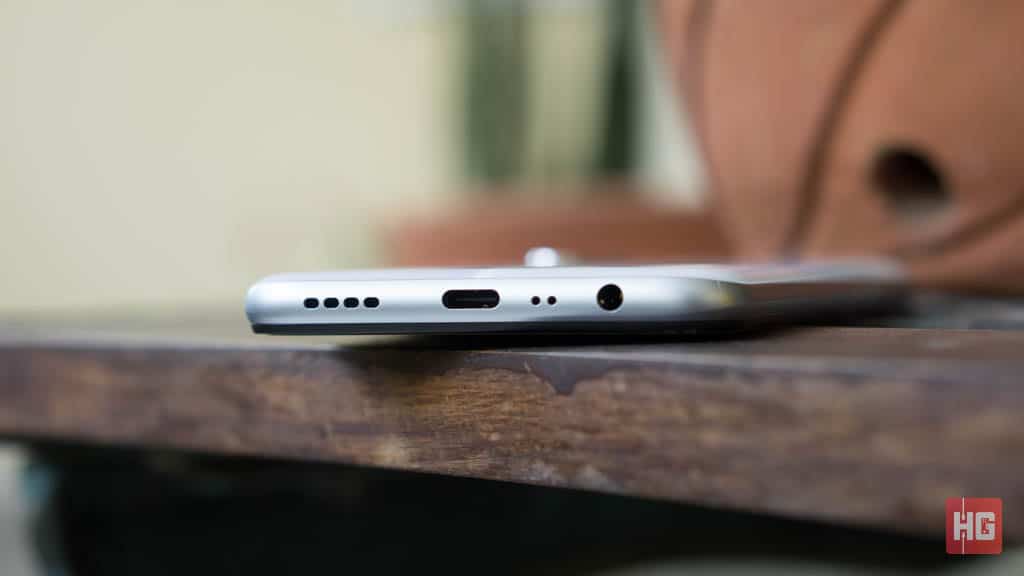
Thankfully, the device still comes with a USB Type-C connection at the bottom as well as 30W VOOC charging to make the wait for its 4,300mAh to become full significantly shorter compared to its predecessor’s 5V/2A charging.
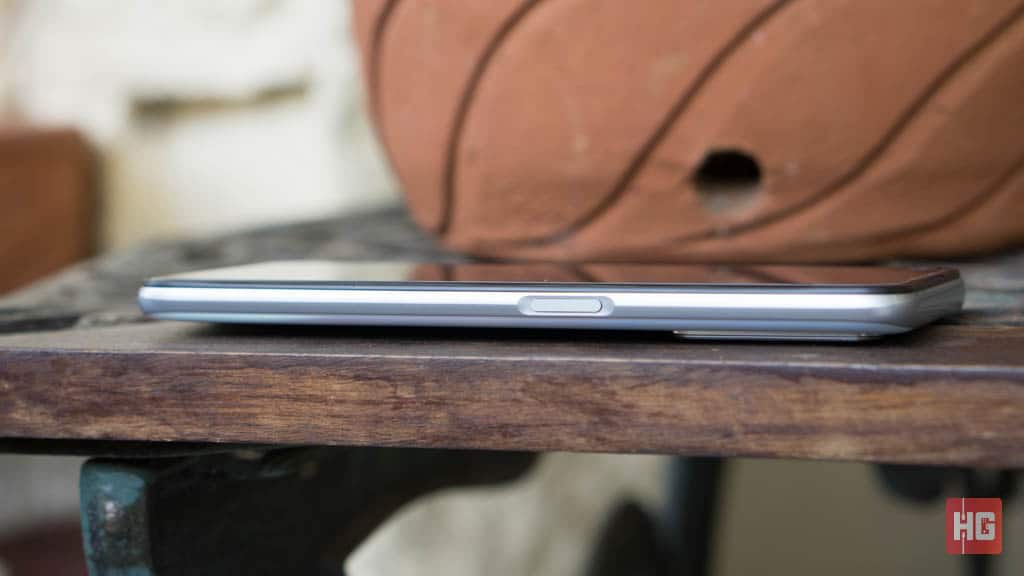
Realme has also integrated the fingerprint scanner into the power button thus removing any chance of having an in-display scanner like other Realme smartphones in the past.
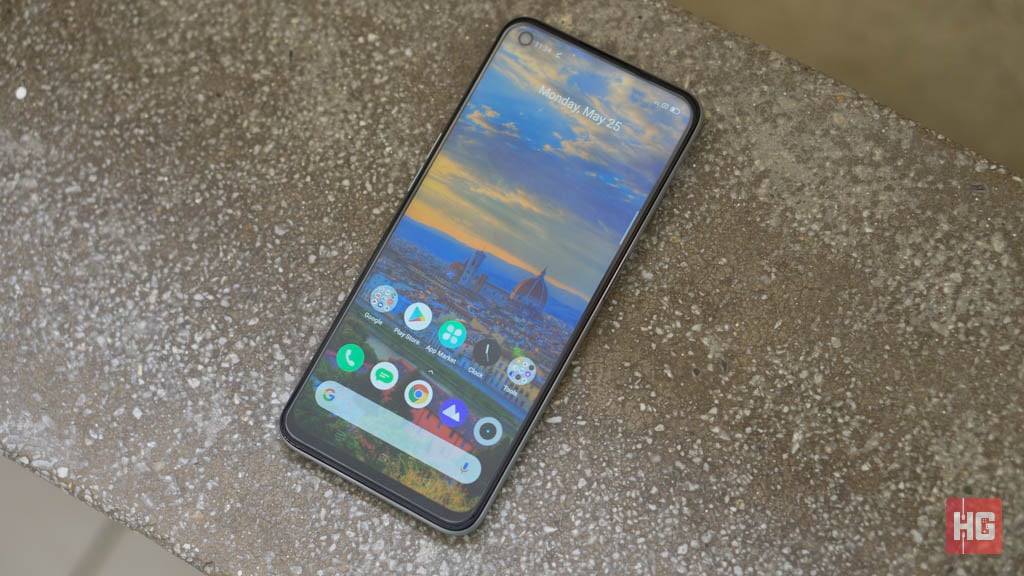
Like the 6i and the 6 Pro, the 6 comes with Android 10 with Realme UI. This enables the smartphone access to features such as Chroma Boost, Smart Assistant, and Smart Sidebar.
First Impressions
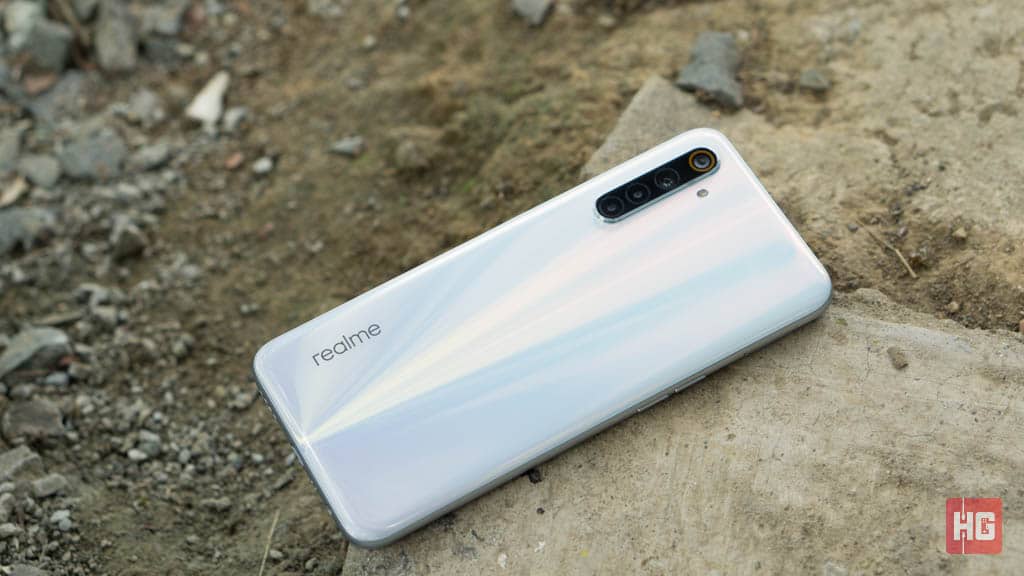
Like its sibling, the Realme 6 comes filled to the brim with features for a budget-oriented smartphone. It’s pretty much a direct upgrade in every aspect from its predecessor with its addition of a faster display, more powerful chip, quicker charging, and USB Type-C.
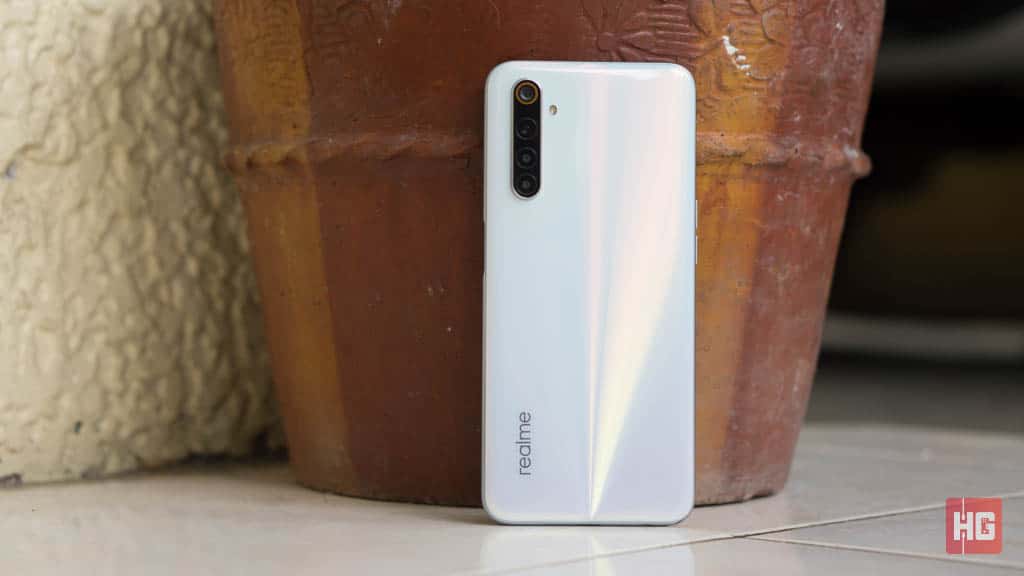
The only determining factor up in the air for the Realme 6 to become a budget monster or a flop is its price. When it was first launched in India, its highest 8GB/128GB variant was price at INR 18,999 (PhP 12,600 direct conversion), which was pretty good for the performance it can deliver. Hopefully, the Realme 6 will priced at around the same point to become palatable to more customers.
The Realme 6 and 6 Pro are expected to make their debut in the Philippines on May 27, 2020 via a live stream on the brand’s official Facebook page. Until then, we’ll be testing the Realme 6 and see what other tricks it has under its sleeve.
